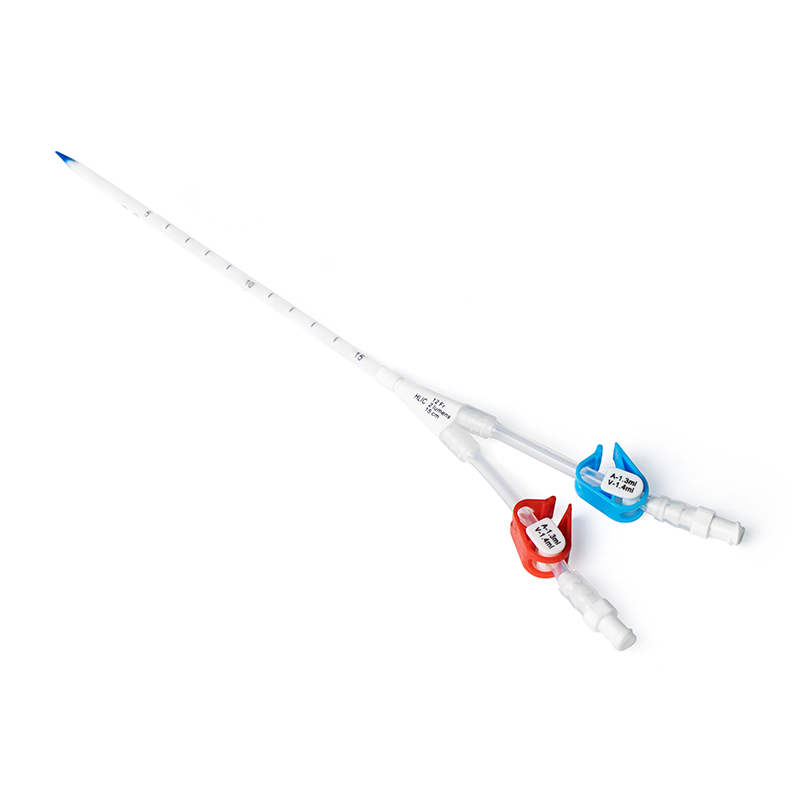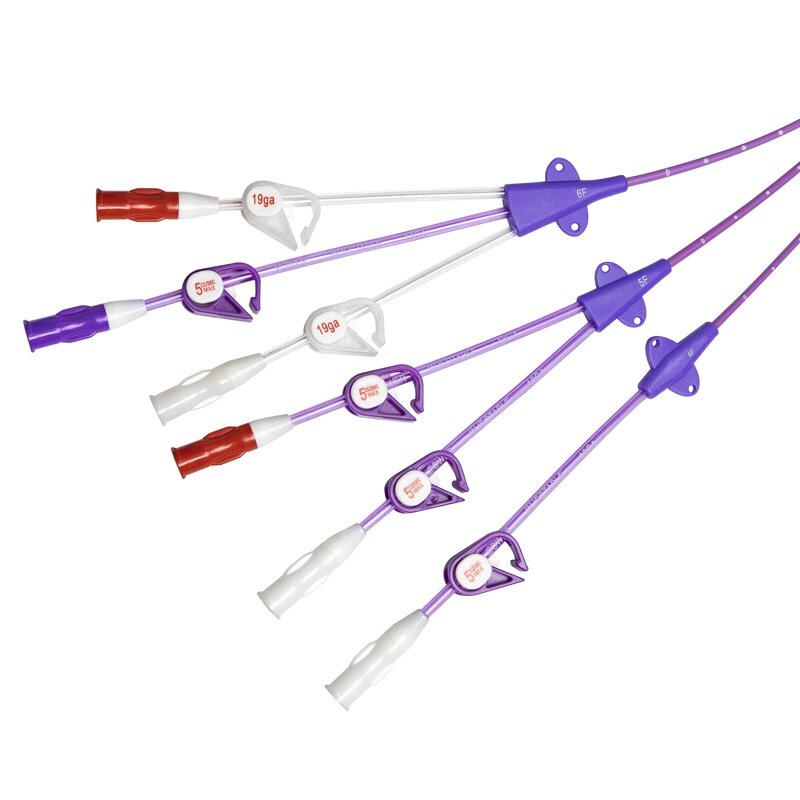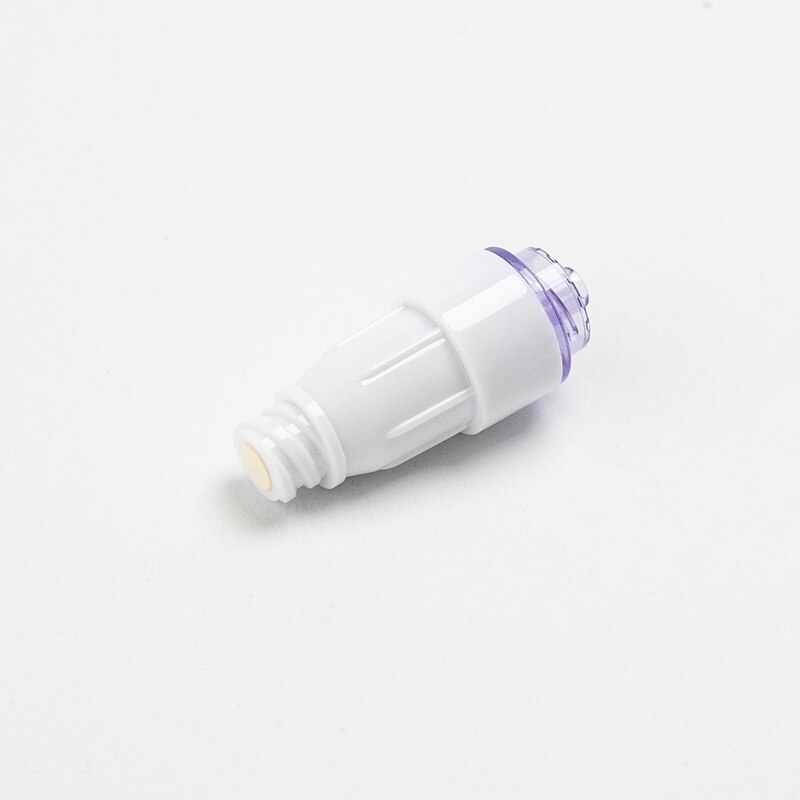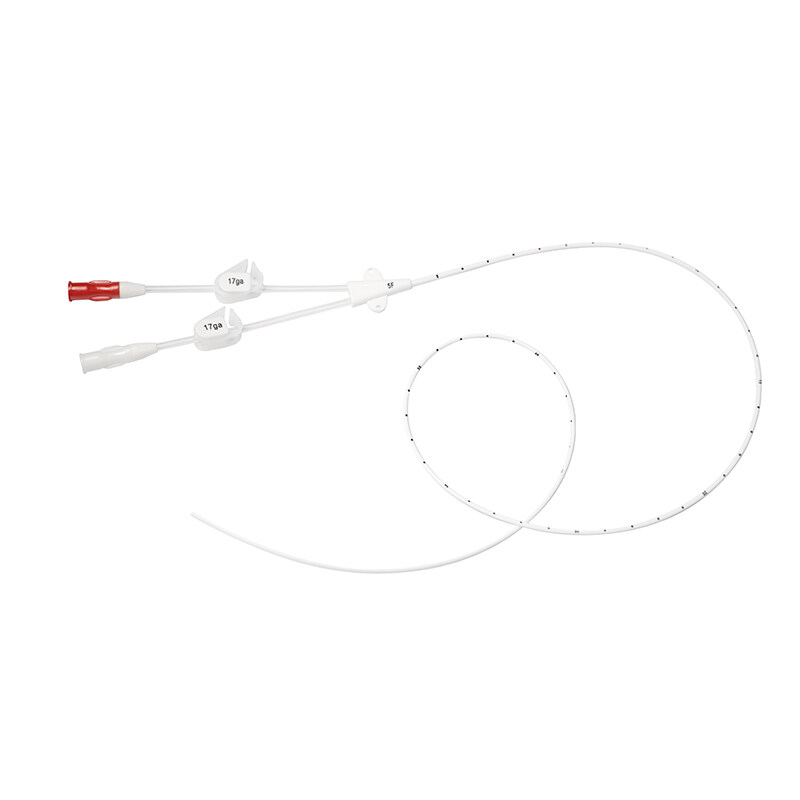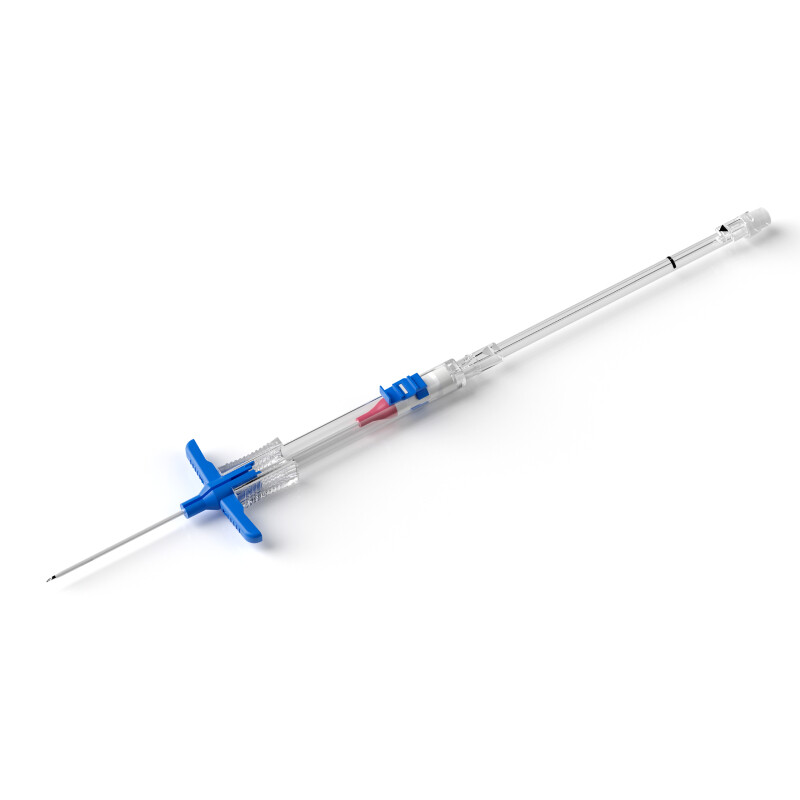Needleless valves are designed to replenish traditional needle-based methods, offering numerous benefits that not only enhance patient experience but also improve safety, accuracy, and efficiency. In this article, we will list the advantages of using needleless valves in medical procedures.
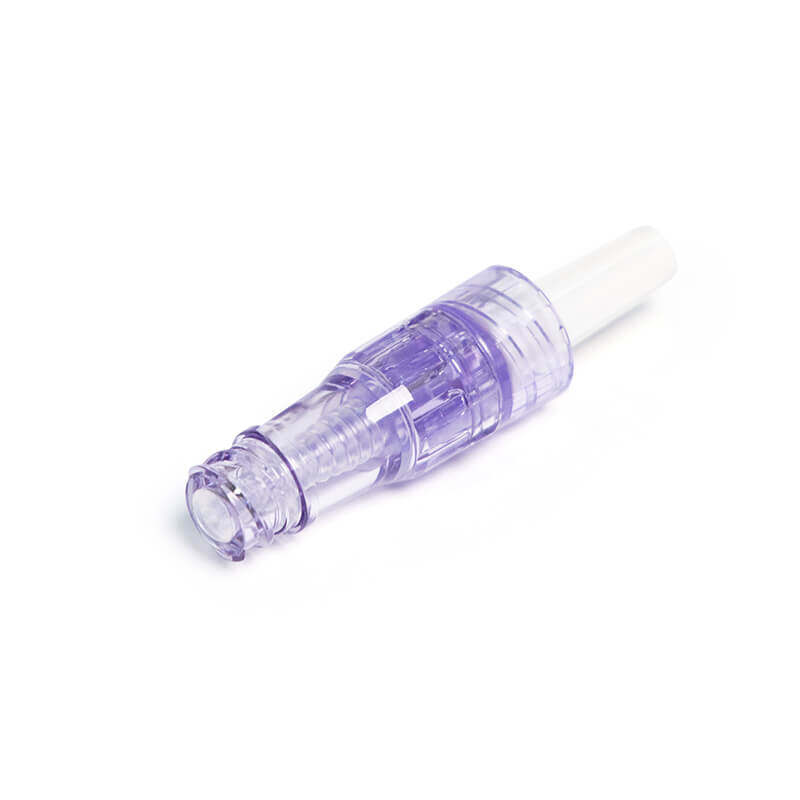
Clear Needleless Valve
Enhanced Patient Comfort
Needle anxiety is a common issue among patients of all ages. The sight of needles can induce fear and stress, which can further complicate medical procedures. Needleless valve is particularly beneficial for pediatric patients and individuals with needle phobia, creating a more positive and relaxed healthcare environment.
Reduced Risk of Infections
The surface of these valves is typically very flat and smooth, allowing one to easily swab disinfect the entire access point promoting better infection control. In addition, as the device does not actually break the patient’s skin, the potential for spreading any potential infection is greatly reduced. The risk reduction in the risk of infections is crucial for patients with compromised immune systems or those undergoing lengthy treatments, minimizing the potential for complications and improving overall patient outcomes.
Precision and Accuracy
Needle-based procedures may require skillful hand-eye coordination to ensure accurate placement. Needleless valves simplify the process by utilizing innovative technologies such as pressure sensors and guided insertion mechanisms. These features enhance the precision of procedures, allowing healthcare practitioners to administer treatments with greater accuracy and reducing the likelihood of errors.
Less Trauma to Tissues
Inserting a needle into the skin can cause tissue trauma, leading to discomfort and potential complications. Needle-less valves are designed to minimize tissue trauma by utilizing softer, flexible materials that conform to the body's contours. It not only improves patient comfort but also reduces the recovery time needed after medical procedures.
Prevention of Accidental Needlestick Injuries
Healthcare workers are at risk of accidental needlestick injuries, which can expose them to bloodborne pathogens and infections. Needleless valves provide a safer alternative. This significantly reduces the risk of accidental needlestick injuries among medical professionals, enhancing workplace safety and minimizing the need for post-exposure prophylaxis.
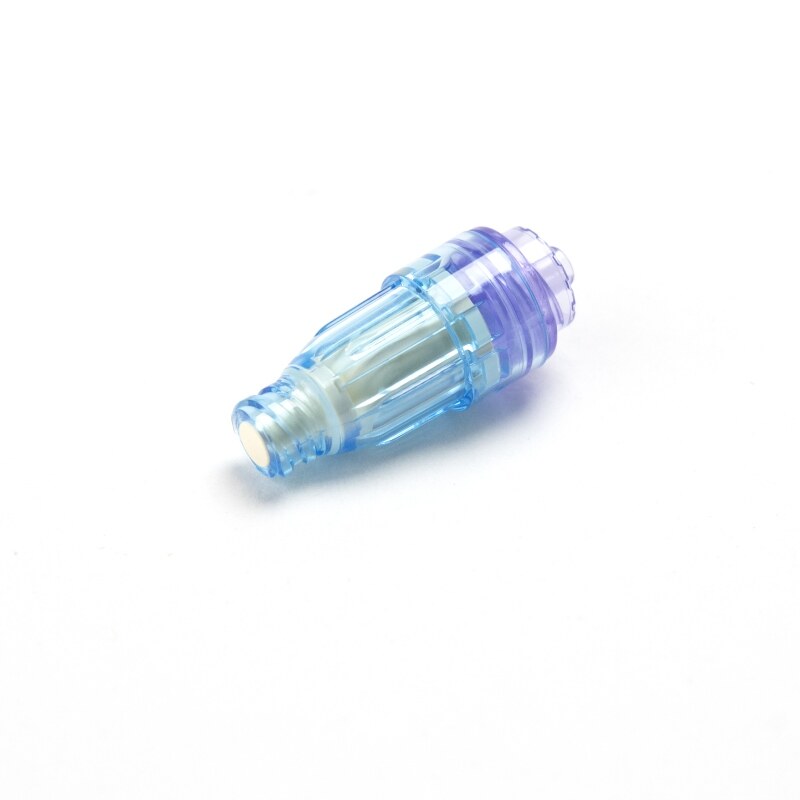
HealthFlow™ Neutral Needleless Valve
Enhanced Medication Delivery
Needleless valve is especially important for critical care patients who rely on consistent and controlled administration of medications. Intravenous medication administration requires precision to ensure the right dosage is delivered accurately. Needleless valves with integrated flow control mechanisms allow for precise control over the rate of medication delivery.
Minimized Risk of Hematomas
Hematomas, which are localized swellings filled with blood, can occur as a result of needle insertion. Needle-less valves, with their gentle and controlled approach, significantly reduce the risk of hematoma formation. It is particularly advantageous for patients with fragile or easily bruised skin.
Reduced Waste
Traditional needle-based procedures generate medical waste, including used needles and syringes. Needleless valves help reduce this waste by eliminating the need for single-use needles. This reduction in waste not only has economic benefits but also contributes to a more sustainable healthcare system, reducing the environmental footprint of medical procedures.
Versatility in Applications
Needleless valves are adaptable to a wide range of medical procedures, from simple vaccinations to complex intravenous infusions. Their versatility makes them a valuable tool for healthcare professionals in various specialties, enabling streamlined processes and a consistent approach to different treatments.
Conclusion
The shift towards needleless valves in medical procedures marks a significant advancement in patient care and safety. As technology continues to evolve, it is evident that these innovative valves are here to stay, making medical procedures safer, and more efficient, and ultimately improving patient outcomes.

